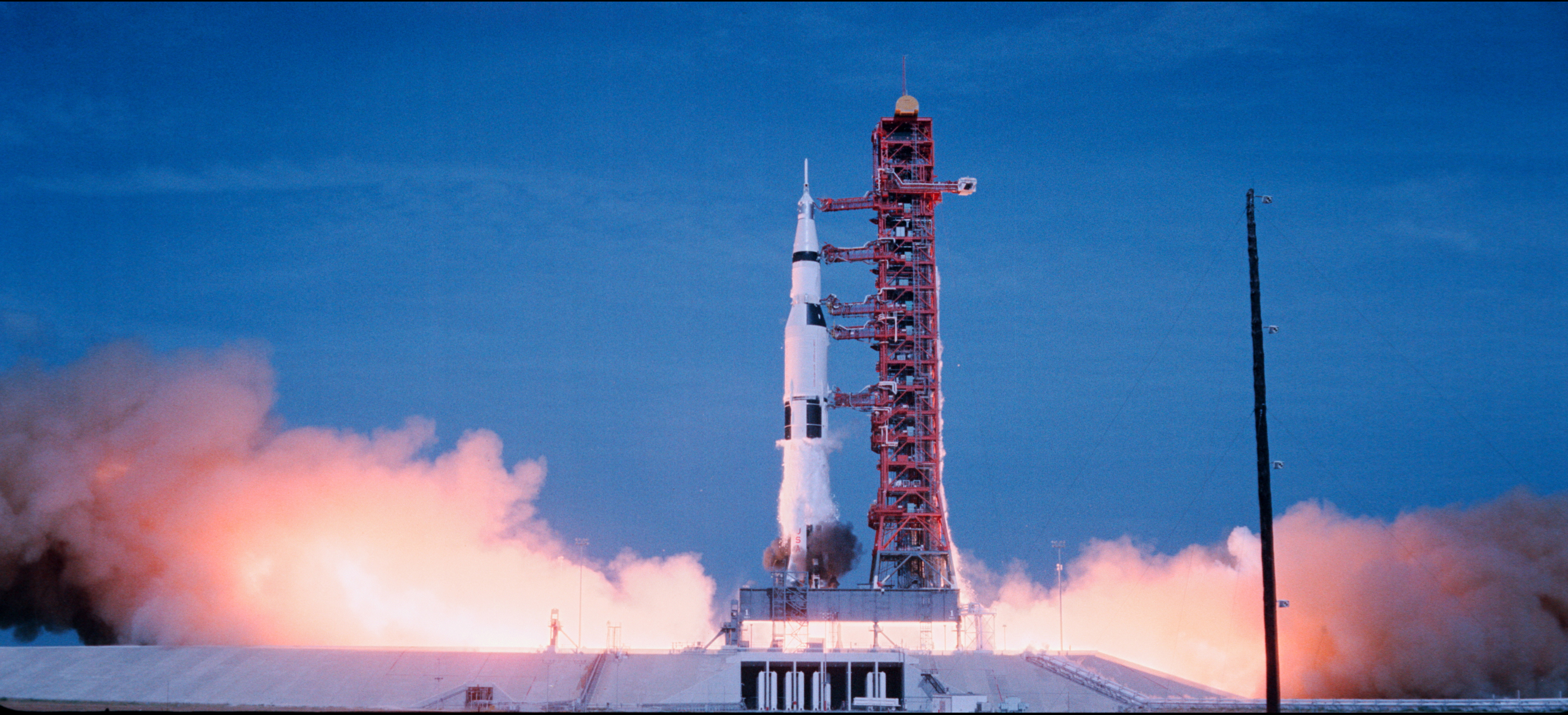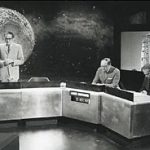I watched the blast-off of the Saturn V rocket for the Apollo 11 mission transmitted live from Cape Kennedy (as it was then called) on one of the best colour television receivers on public view in Britain – in the radio demonstration room of the Science Museum.

I’d joined the museum as a Museum Assistant (MA) only three months earlier. The MAs were the lowest form of curatorial life, whose job it was to carry out day-to-day gallery maintenance, supervise the movement of objects, keep the location registers up to date, take phone messages and run errands for the curators of the collections. MAs also operated working exhibits and this is where the radio room came in.

It was located on the first floor and housed the museum’s famous amateur radio station, callsign GB2SM. My senior colleague Geoff Voller (G3JUL) was the principal operator but in 1968 his boss Keith Geddes, assistant keeper for Radio Communication, decided to install a top-of-the-range colour television receiver.
Thereafter colour television demonstrations alternated with the amateur radio operations. The radio and television equipment was located beyond a waist-high barrier fixed across the middle of the room to give a public viewing space.

In 1969 colour television was still a novelty in Britain.
Colour transmissions started experimentally on BBC2 in July 1967 with the full-colour service beginning in December 1967. However, BBC1 and ITV did not follow until November 1969 and full national coverage took several years more.

It’s difficult to imagine now, but there was little daytime TV at that time.
To give television retailers something for customers to see during the day BBC2 broadcast ‘trade test transmissions’. These were short colour films, mostly documentaries, which were constantly repeated.
My fellow MAs and I became very familiar with them as we needed to check the radio room set’s performance quite often, and a few films such as ‘The Home-Made Car’ (James Hill, 1963), became favourites with viewers.
However, on 16 July 1969, BBC2 covered the Apollo 11 launch live. It was scheduled for 13.32 UTC, or 2.32 pm BST, which was early afternoon and peak time for the Science Museum’s visitors.
The day was warm and as the time for blast-off grew near the radio room became very crowded. I wanted to see the broadcast too, but for me, this was no problem. As an MA, I was able to draw the barrier’s gate key, and rather self-consciously pick my way through the crowd, unlock the gate and pass through to the staff area beyond. I’d only been a member of staff for three months so this in itself gave me quite a thrill.
I sat down in one of the radio operator’s chairs and watched as history was made. The colour picture, relayed by satellite, was almost perfect, and I had a grandstand view.

Fifty years on and I’m proud to still be associated with the Science Museum, and I cherish the memory of my younger self at the beginning of my museum career, experiencing something which would have been denied to me otherwise.
And now I wonder, back in 1969, could I ever have imagined that half a century later I would be writing up the experience as a ‘blog’? Me in 1969: ‘What’s a blog?’
Celebrate the 50th anniversary of the Apollo Moon landing at Summer of Space, our three-month-long festival that reveals the evolution of humanity’s relationship with space through bumper family weekend festivals, thought-provoking evening events and much more.
One comment on “Fifty years on: recollecting Apollo 11 launch day”
Comments are closed.




Wonderful! More blog posts from John please!